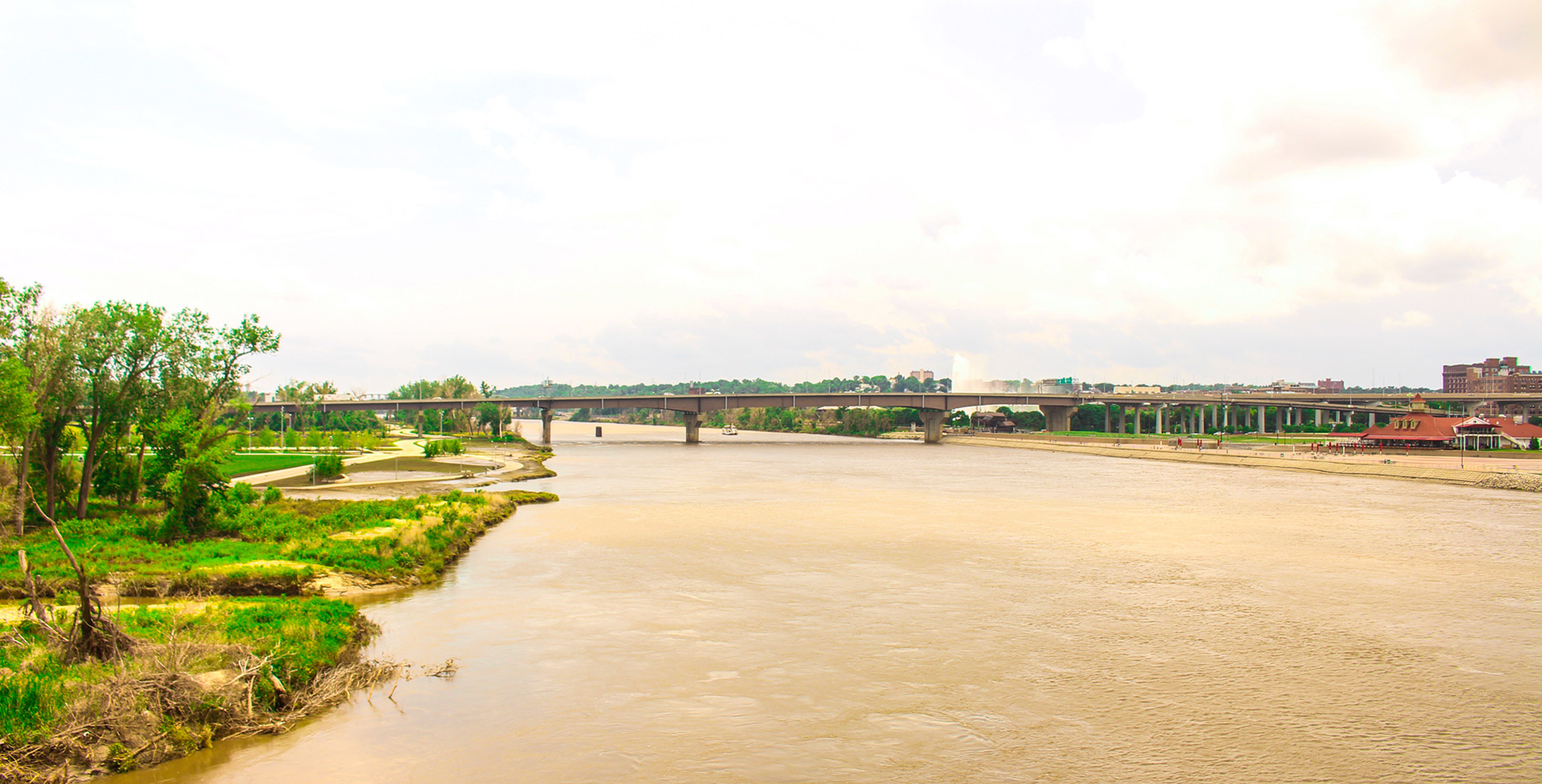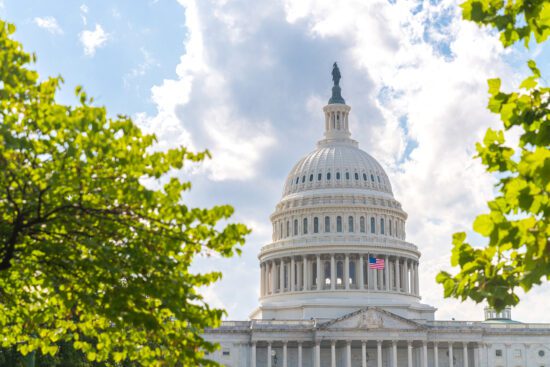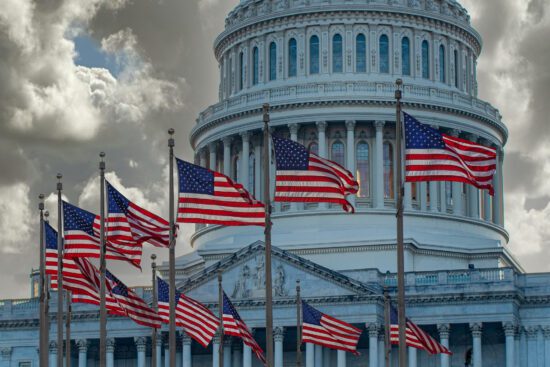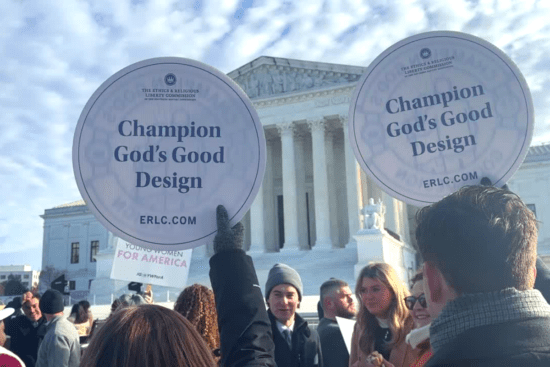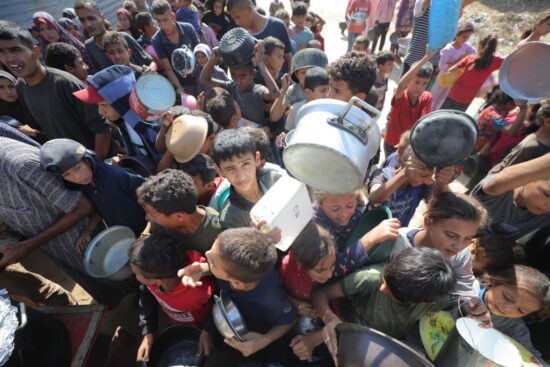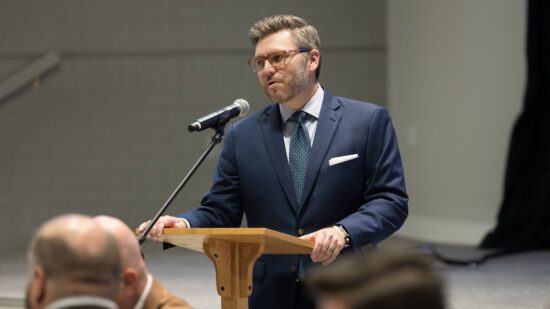Much of the Midwest is still recovering from the aftermath of the bomb cyclone that brought heavy wind, snow, and rain to the region early last week. A “bomb cyclone” is essentially a winter hurricane. The term is used by meteorologists when a low pressure system sees pressure drop more than 24 millibars in 24 hours, which can dramatically increase the severity of the weather system.
More than 2,000 Iowans fled their homes due to flooding and risk of flooding, and 13 states reported at least some flooding, with major flooding being reported in eight states. Approximately 185 miles of Interstate 29 were closed between Omaha, Neb., and Kansas City, Mo., over the weekend, and the section of the Missouri River that runs between the two cities is expected to remain at or above record levels for the remainder of this week.
But no state has been hit as hard as Nebraska.
The damage
Four fatalities have already been reported, including a farmer who tried to save a stranger who was trapped in their car. James Wilke was driving his tractor over a bridge, with the guidance of emergency responders, only to have the bridge give out. When Wilke’s body was recovered, it was already too late. A family friend of Wilke’s, posting on Facebook, attributed the selflessness he displayed to his “amazingly strong faith.’
Offutt Air Force Base, near Omaha, was also partially evacuated after base officials determined water was rising too fast to be stopped, with most of the base’s 9000 service members displaced due to the flooding. Only essential personnel remain at the base, with at least one third of the base submerged as of Sunday night.
Seventeen locations around the state have already surpassed previous flood records, and the Nebraska Emergency Management Agency says more will do so this week. More than 50 counties still remain in a state of emergency. Nebraska Governor Pete Ricketts told CNN that, “This really is the most devastating flood we’ve probably ever had in our state’s history. So many people are being displaced; towns are being isolated.”
Many roads and bridges have flooded, and many more have even washed away altogether. Over 200 miles of levees have been compromised, This has created the need for air and water rescues, as individual properties and even entire towns have become isolated islands.
The flooding in more recent days comes on the heels of already-destructive wind and ice that pillaged farms across the Midwest last week. The Nebraska State Patrol posted a video on Friday that showed several land masses surrounded by water, each containing dozens of stranded cattle. Nebraska is the second-highest cattle-producing state in the country, and is a major producer of crops like corn as well, meaning the impact of the storm and flooding will be felt through the nation. According to The Wall Street Journal, Nebraska’s agricultural sector could be facing nearly a billion dollars in damages and losses.
Not over yet
Another round of rain came through on Tuesday, and much damage still left to be assessed, the end is not yet in sight for the state. Governor Ricketts has said he plans to submit a request for assistance to President Trump for disaster aid, and Nebraska Senator Deb Fischer said on Monday that she and the rest of Nebraska’s congressional delegation will back the request with a letter of support. Vice President Mike Pence visited the Midwest to survey the damage on Tuesday afternoon.
Even after the next round of rain passes, the road to recovery will be a long one. Hundreds of miles of infrastructure will have to be inspected for safety, homes will have to be repaired or rebuilt, and many will be left without permanent housing solutions in the meantime.
What can Christians do?
The temptation when disaster hits (especially when it does not affect us personally) is to read, learn, feel a moment of grief, and then move on. But while the news cycle will fade, the devastation will be felt many months from now. We honor the imago dei when we treat victims as people, not merely characters in a news story. Continuing to monitor the situation, pray, give, and remember the victims of these floods are ways that they can feel they are seen, heard, and loved. Victims are always more than “old news.”



